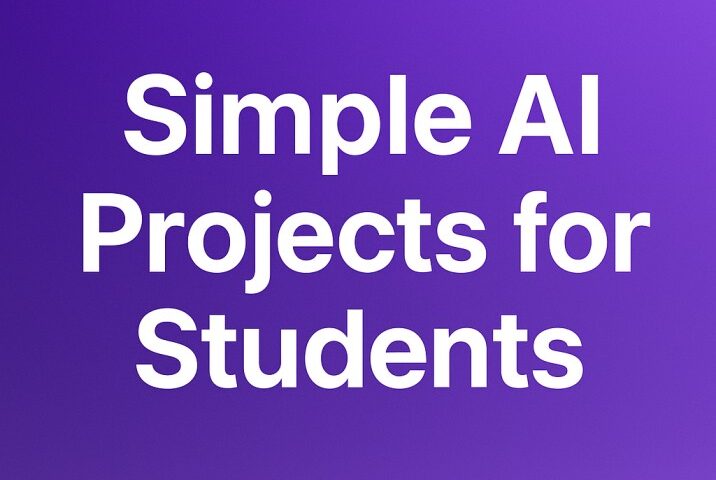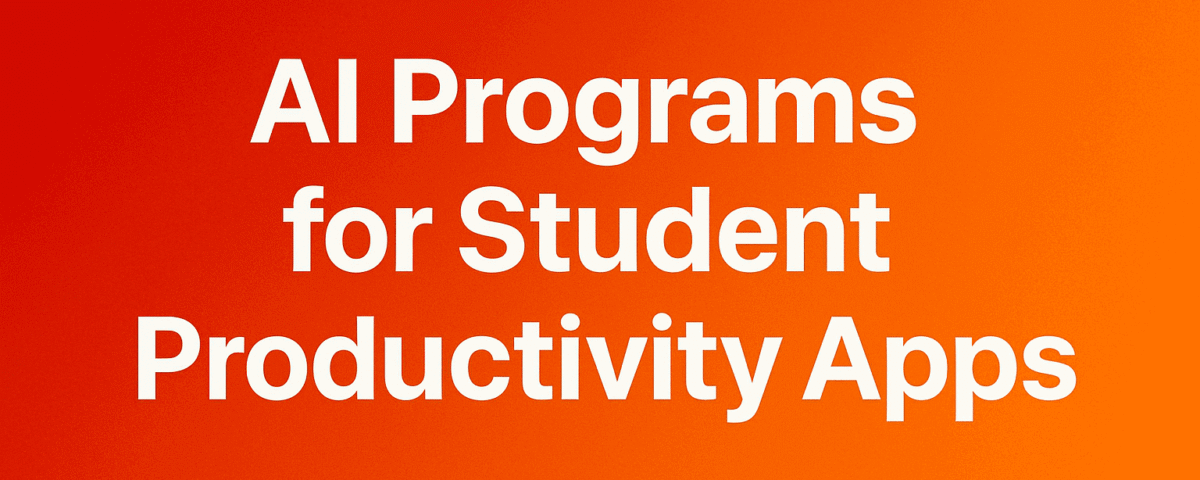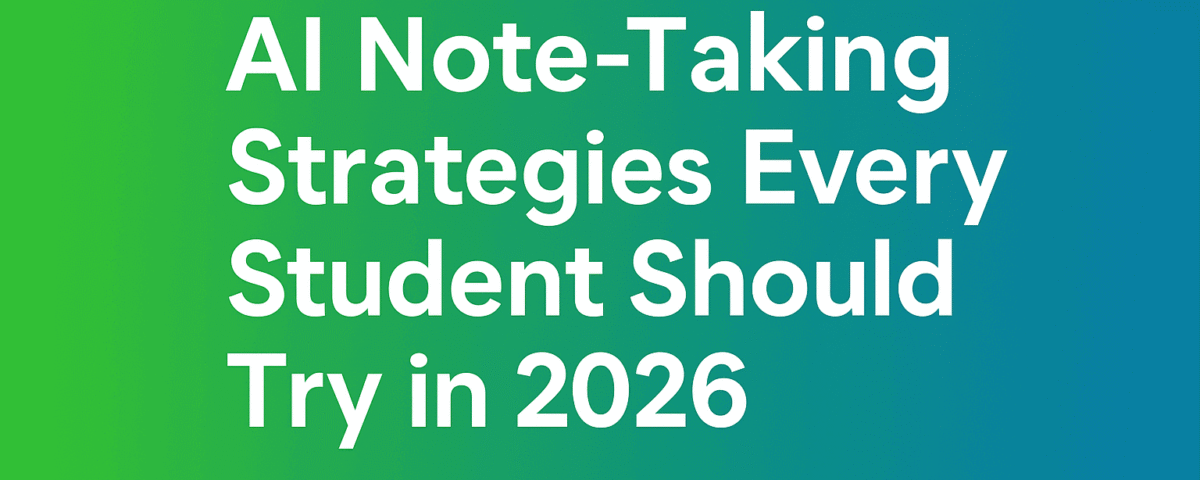Artificial Intelligence (AI) might feel like a modern buzzword, but its roots go decades — even centuries — back. At Learnaimind, we believe understanding the history of AI is just as important as learning the basics. It gives context, shows how ideas evolved, and even inspires practical applications you can try today. Let’s take a journey through the AI timeline!
What is Artificial Intelligence?
Before diving into history, let’s clarify what AI is. Simply put:
AI is the science of making machines think and learn like humans.
AI isn’t magic — it’s algorithms, data, and problem-solving. And over the years, its evolution has transformed from simple ideas to tools that power apps, chatbots, and even self-driving cars.
The Early Dreams: Before Computers (1940s–1950s)
The concept of machines thinking isn’t new. Philosophers and mathematicians imagined mechanical brains centuries ago.
- Alan Turing (1950): Often called the “father of AI,” Turing asked, “Can machines think?” He proposed the Turing Test, a practical way to check if a machine could imitate human intelligence.
- Early Programs: In the 1950s, scientists wrote programs to solve simple problems and play games like checkers. These were the first sparks of AI.
Practical takeaway: You don’t need advanced computers to start experimenting with AI concepts — even simple logic games teach fundamental thinking skills.
The Birth of AI: 1956 and the Dartmouth Conference
AI officially started in 1956 at the Dartmouth Summer Research Project on Artificial Intelligence. This is when researchers coined the term “Artificial Intelligence” and set the goal: to create machines that could mimic human reasoning.
- Early AI programs solved algebra problems and played simple board games.
- Scientists dreamed big, predicting machines that could think like humans within a generation.
Practical takeaway: Big ideas often start small. In AI, experimenting with tiny projects — like creating a rule-based chatbot — is how real breakthroughs begin.
The AI Winters: 1970s–1980s
AI history isn’t just success stories. There were periods of disappointment, known as AI winters, when funding and interest dropped. Why?
- Early AI couldn’t handle complex problems or large amounts of data.
- Expectations were too high, leading to frustration in research and industry.
Practical takeaway: Set realistic expectations when learning AI. Don’t expect perfection on your first project — small experiments build skills over time.
The Rise of Machine Learning: 1990s–2000s
AI evolved when data and computing power became more accessible. Machine learning (ML) emerged, allowing systems to learn from data instead of following strict rules.
- IBM’s Deep Blue beat chess champion Garry Kasparov in 1997 — a practical example of AI achieving a real-world goal.
- ML algorithms started analyzing text, images, and patterns, laying the foundation for today’s AI tools.
Practical takeaway: Start experimenting with datasets and simple ML tools. Platforms like Google Colab or no-code AI tools let beginners train models in minutes.
The Modern AI Era: 2010s–Today
Today, AI is everywhere:
- Voice assistants: Siri, Alexa, Google Assistant
- Image recognition: Instagram filters, self-driving car cameras
- Generative AI: ChatGPT, AI art, music composition
The evolution of AI has been fueled by:
- Big data
- Powerful computers (GPUs)
- Advanced algorithms (deep learning, neural networks)
Practical takeaway: Modern AI isn’t only for experts. You can experiment with AI tools online — create chatbots, image classifiers, or even simple predictive models — all with beginner-friendly guides from Learnaimind.
Key Milestones in AI History (Timeline)
| Year | Milestone | Significance |
|---|---|---|
| 1950 | Turing Test | Can machines think? Concept introduced |
| 1956 | Dartmouth Conference | Term “Artificial Intelligence” coined |
| 1960s | Early AI programs | Solved math problems and played games |
| 1970s–80s | AI Winters | Funding drops due to high expectations |
| 1997 | Deep Blue beats Kasparov | AI solves real-world challenge |
| 2010s | Rise of Machine Learning | Data-driven learning becomes mainstream |
| 2020s | Generative AI & Chatbots | AI enters daily life and creativity |
Why Knowing AI History Matters
Understanding AI history helps you:
- Avoid repeating old mistakes in your projects
- Appreciate the evolution from simple programs to modern AI tools
- Get inspiration for practical, beginner-friendly experiments
At Learnaimind, we combine history with hands-on learning, so you not only know the story but also practice it in real-world projects.
Practical Tip for Beginners
Try this small project inspired by AI history:
- Pick a simple game (like tic-tac-toe or rock-paper-scissors).
- Write a rule-based AI using if/else logic.
- Play against it and try to improve your strategy.
This hands-on experiment mirrors early AI research and helps you understand basic decision-making in machines.
Conclusion
The history of artificial intelligence is a fascinating journey of dreams, setbacks, and breakthroughs. From Turing’s ideas to today’s generative AI, the evolution of AI shows that anyone can start small and grow their understanding over time.
At Learnaimind, we help beginners explore AI step by step, blending history, theory, and practical projects.








